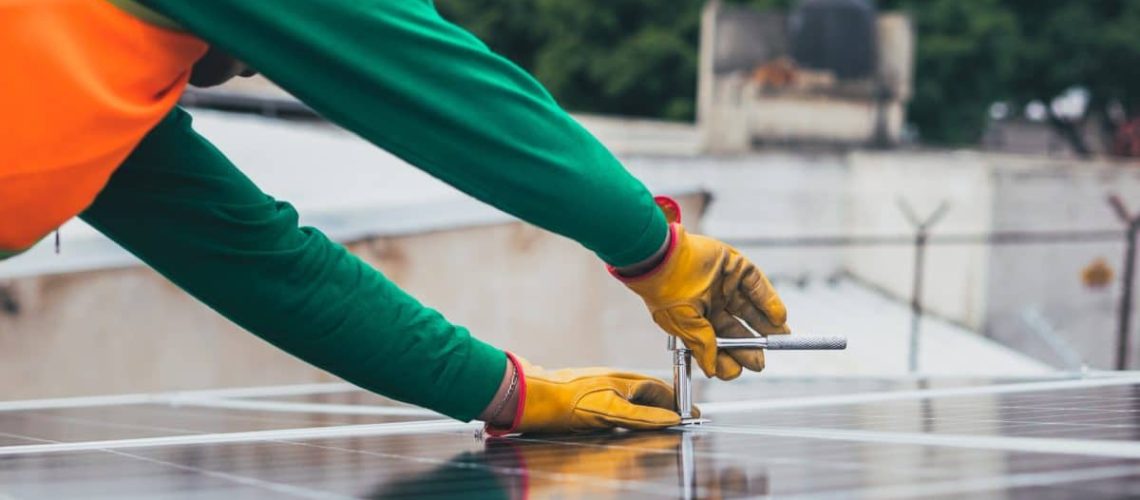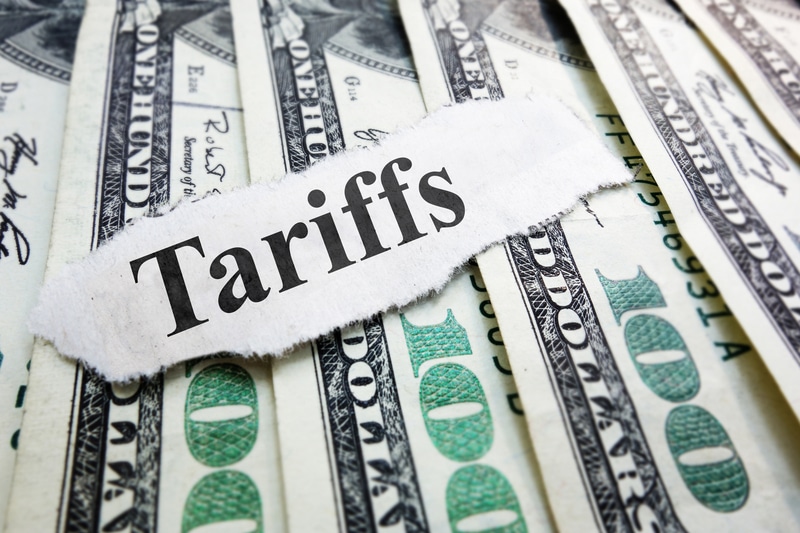CPUC has now disallowed using battery-tied solar exports to offset delivery charges. This comes after it moved to slash the value of standalone solar exports as a way to encourage pairing systems with battery storage.
The California Public Utilities Commission (CPUC) has made another anti-rooftop solar decision, ruling that solar-plus-storage customers cannot export electricity to the grid in exchange for an offset of their utility delivery charges.
Under current billing structures, rooftop solar owners are encouraged to attach batteries so that they can export electricity during times of high demand on the grid. This dispatch of electricity helps reduce the amount of inefficient natural gas “peaker” plants in operation on the grid and smooths supply and demand, leading to stable pricing across the grid. Now, under the new ruling, “delivery” and “generation” charges on utility bills are classified separately, and customers are not allowed to use solar-battery exports to offset “delivery” charges set by the utility.
“While the solar and storage industry adapts to an abrupt shift to net billing, the CPUC has added insult to injury with a series of damaging decisions that completely change the environment for rooftop solar in California,” said Abigail Ross Hopper, president and chief executive officer, Solar Energy Industries Association (SEIA).
California’s once-flourishing rooftop solar market is now reeling from a year of rulemaking decisions by CPUC, which has shown a proclivity to support the interests of its major investor-owned utilities Pacific Gas and Electric, Southern California Edison, and San Diego Gas and Electric.
Last December, the CPUC transitioned to a net billing format for single-family rooftop solar customers, pushing the state into NEM 3.0. Checks of utility interconnection queues show that requests for new solar array connections have fallen by about 80% since the transition to net billing was made. Nearly 20,000 solar workers have been laid off following the decision.
In another anti-solar move, this past November the Commission moved to make cuts to the value of rooftop solar export compensation for multi-metered accounts like apartment buildings, schools, and farms.
The justification for these cuts was to help restore balance to the imbalanced supply and demand caused by intermittent generation. The net metering rate cuts were promised by CPUC to incentivize more battery energy storage adoption alongside solar, making beneficial upgrades to an increasingly renewables-dominated grid.
However, this recent third ruling that negates part of the value of solar-plus-storage systems flies in the face of CPUC’s purported goals for supported more distributed storage on the grid. Analysts estimate that the ruling will shave another 10% to 15% off the savings provided by a solar-plus-storage system, thereby extending the average return on investment from about four to seven year to nine years or more.
SEIA estimates the residential solar market will decline by 40% next year, and the state’s commercial rooftop sector is expected to decline by 25% from 2024 to 2025 as a result of recent rulings.
“The solar and storage industry is calling on state leaders and the CPUC to change course before they cause more damage to America’s leading clean energy market,” said Ross Hopper.
Unfortunately for Californians, more damage may be on the way. The state’s major investor-owned utilities have pushed forward proposals to assess fixed monthly charges on all ratepayers, whether or not they are pulling any electricity from the grid. The new income-based fixed charges would average $50 to $70 per month and are expected to have an outsized negative impact on Californians that currently pay small electric bills.




